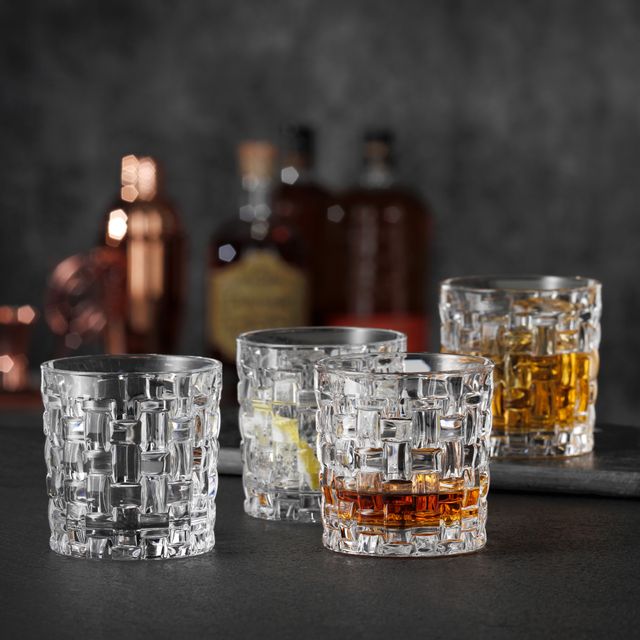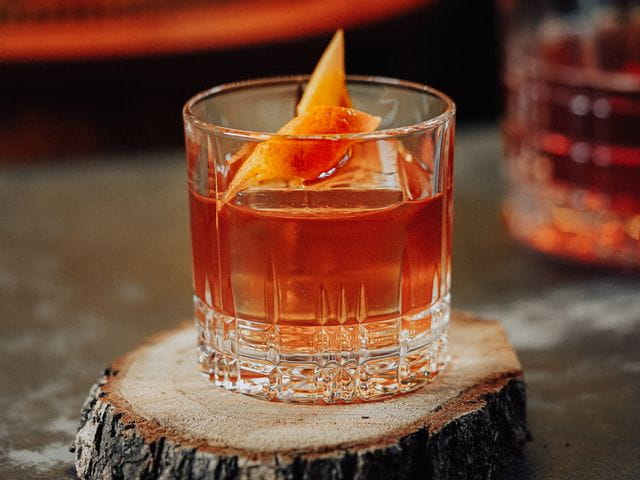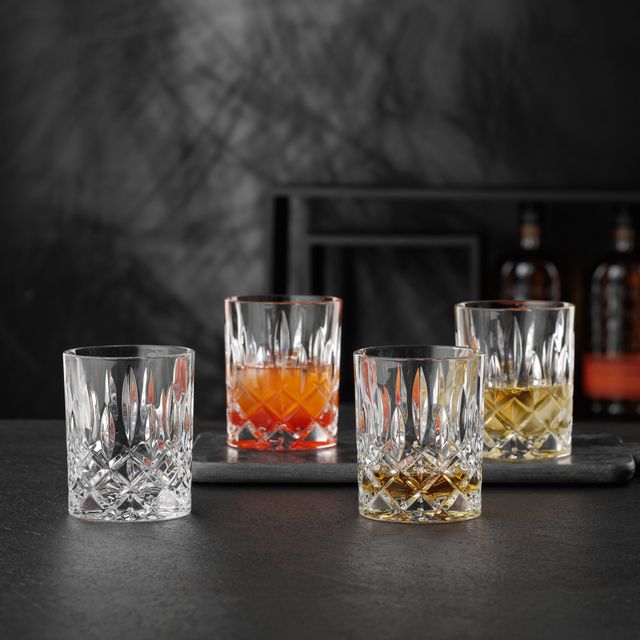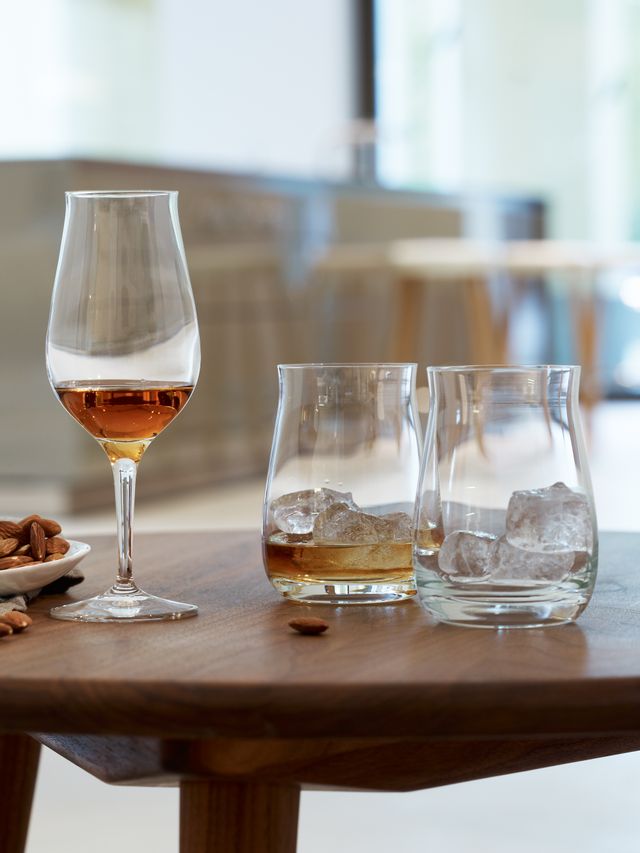Whisky Styles from Around the World
Identify the Whisky Style for you

Whisky is made through many different processes all over the globe, resulting in whiskies with a variety of flavors and characteristics. Here we cover some of the world’s most popular whisky styles to help you find the perfect style for you.

Scotch
Arguably the most luxurious of all the whisky styles, we simply had to begin with Scotch. Here's a little info to help you decide if Scotch is the whisky style for you.
Origin and how it is made: Unsurprisingly, Scotch originated in Scotland and has been distilled there since as long ago as the 15th century. To this day, by law, a whisky must be distilled and matured in Scotland to be labeled as Scotch. Scotland's famous whisky-producing regions include the Highlands, the Lowlands, Speyside, Campbeltown, Islay, and the Islands. The dominant grain in Scotch is malted barley, but it can also be made from other whole grains such as corn and wheat.
Characteristics: Scotch comes in many forms, all of which possess their own unique strengths. The list of Scotch types includes blended malt whisky, blended whisky, and single-grain whisky, but arguably the most prized style is single-malt Scotch. Made from 100% malted barley from a single distillery and aged for at least three years, many consider single malt Scotch the pinnacle of whisky making. A single malt's characteristics typically vary depending on the region in which it is produced, so a Lowlands single malt may be light and fruity, while a Speyside single malt may be richer and sweeter.
How to drink it: A few prevalent ways of enjoying Scotch include sipping it neat; diluting it slightly with water to open up new flavors and decrease the intensity of the alcohol, and adding ice to depress the strength of the alcohol flavor (a handy approach if you're new to Scotch). You can even serve it in a cocktail if you wish! Remember that drinking recommendations are only that; the best way to enjoy any drink is the way that tastes best to you.

Bourbon
Origin and how it is made: Bourbon is the whiskey style of many of the world's most famous whiskey brands. It was developed in Kentucky, USA, by two French siblings who moved to Louisville in the 19th century and named this whiskey style after the French Bourbon dynasty. The brothers would ship Bourbon from Kentucky distillers in charred oak barrels to its destination, with these oak barrels imparting distinctive characteristics into the Bourbon that still define this whisky style today. Bourbon is distinct from other whiskey styles in that the grain that makes it up must be at least 51% corn.
Characteristics: Bourbon is sweeter than other whiskies, which can make it a more palatable option for newcomers to the whisky world. The charred oak casks Bourbon is aged in give it a slightly smoky character and a reddish color.
How to drink it: Some of the most famous Bourbon brands are often paired with a mixer, such as cola, which can be a great way to enjoy this style of whiskey. Bourbon can also be a good option if you want to sip your Whiskey neat, with water, or on the rocks, thanks to its relative sweetness compared to other whiskey styles, which makes it more palatable. Finally, Bourbon is a hugely popular whiskey style for cocktails, with classics like the Old Fashioned and the Manhattan using Bourbon as their base.

Japanese Whisky
Origin and how it is made: Japanese Whisky is a relatively new style, having been commercially produced in Japan since the 1920s, but it is increasingly producing very high-quality whiskies. Japanese Whisky's founding fathers are Shinjiro Torii and Masataka Taketsuru. Shinjiro opened Japan's first whisky distillery for his Suntory brand in Shimamoto, Osaka, in 1923, while Masataka opened the Yoichi distillery in Yoichi, Hokkaido, in 1934.
Characteristics: Japanese whiskies take significant inspiration from Scotch and share many of the same production methods, including a near-identical distillation process. Japanese whisky is often described as smooth with light floral notes - a little like one of the types of Scotch we described earlier. As with Scotch, though, it is made in regions throughout the country, resulting in varying characteristics from distillery to distillery. Blended, single malt, and blended malt whiskies are all widely produced in Japan, with Japanese Whiskies now being synonymous with meticulous blending, distilling, and maturation techniques that result in innovative and expressive whiskies.
How to drink it: Like Scotch whisky, Japanese Whisky is often enjoyed neat or on the rocks, especially if you are sipping a single malt. If you are partial to a whisky-based cocktail, you should be pleased to hear that blended Japanese Whisky is frequently drunk from highball or long drink glasses, often topped with soda water.

Irish Whiskey
Origin and how it is made: Irish Whiskey is the oldest whiskey style on this list. The oldest recorded reference to Irish Whiskey came in 1405; however, whiskey-making may have begun in Ireland hundreds of years earlier when Irish monks returned from southern Europe. The popularity of Irish Whiskey grew, and by the 1800s, it was the most popular spirit in the world before a long decline saw sales nosedive and the number of distilleries reduce considerably. Despite this, its popularity has recently begun to grow again, with sales increasing year-on-year for the past several years.
Characteristics: Irish Whiskey typically has a light and fruity flavor profile, with cereal grain notes emerging due to the various kinds of cereal from which the Whiskey is made. Irish Whiskey must be aged in wooden casks in Ireland for at least three years, which imparts into them the classic oaky, caramel qualities we associate with so many whiskies.
How to drink it: Irish Whiskey is traditionally enjoyed neat, with ice, or with a bit of water. It usually isn't mixed with cola or other sodas, but if you do fancy mixing it with something, we suggest coffee or ginger beer, both of which can combine with Irish Whiskey to make some seriously delicious cocktails.

Rye Whisky
The label 'Rye Whiskey' causes some confusion as it can refer to two things - Rye Whiskey as a distillation process, or Canadian Rye Whiskey. These two similar labels differ quite considerably, so it's handy to know how.
Origins and how they are made: True Rye Whiskey must be made from at least 51% rye grain. It was the most prominent form of whiskey production in the northeastern US in the 1700s and 1800s before prohibition in the 1900s led to the industry's decline. In recent years, Rye Whiskey has been making a comeback, with the number of distilleries and sales increasing yearly over the past decade or so.
Canadian Rye Whiskey, on the other hand, is a label that can be given to any whiskey produced in Canada - even if it doesn't contain rye! This all began in the mid-1800s when more Canadian distillers began adding rye to their mashes, for which demand then began to grow considerably. The 'rye' label became synonymous with Canadian whiskeys to the extent that 'Canadian Whiskey' and 'Rye Whiskey' started being used interchangeably, and this extended beyond the whiskeys that were actually made with rye. The labeling of any Canadian Whiskey as Canadian Rye Whiskey is permitted by Canadian whiskey regulations, allowing for the use of other grains, such as corn and barley, in the production process.
Characteristics: Rye Whiskey contains some similar qualities to Bourbon due to its aging in charred oak barrels, but it is less sweet due to Bourbon's sweetness largely coming from its high corn content. Rye Whiskey's qualities can vary quite considerably depending on its rye content, but common notes to look out for are vanilla and oak, and other spices.
The qualities of a Canadian Whiskey can vary greatly depending on the production process and its geographical location. You'll need to try out a variety of Canadian Whiskeys if you fancy sampling some of this style's offerings, but some common aromas to look out for include toffee and cinnamon.
How to drink them: Like any whiskey, a good Rye Whiskey can be enjoyed neat, with ice, or with some water. However, due to its similar qualities, Rye Whiskey is an excellent substitute for many popular Bourbon-based cocktails! So next time you make an Old Fashioned, a Manhattan, or a Whiskey Sour, try it using Rye Whiskey instead. You might even prefer it!
As the title 'Canadian Rye Whiskey' references the Whiskey's geography rather than its distillation process, how you can enjoy your Canadian Rye Whiskey depends entirely on the individual Whiskey you're drinking. Not long ago, Canadian Whiskeys were typically enjoyed as a mixer with ginger ale or soda. Today, however, with more quality Canadian Whiskey available, it is more common to see people sipping it neat or on the rocks.
We hope that helps. You never know; you might end up loving all of the above styles!
SHOP OUR COLLECTION OF
NACHTMANN WHISKY TUMBLERS
Località